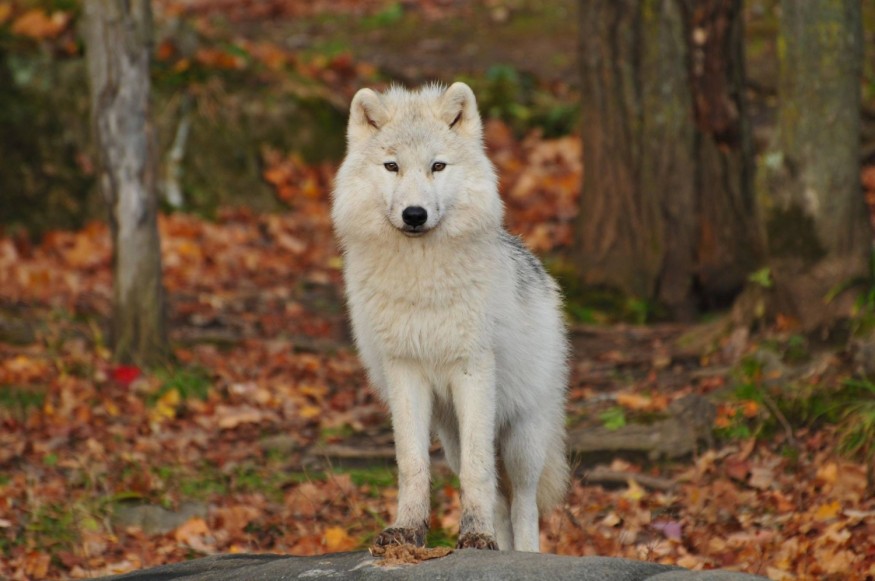Wolves have been perceived to be a ferocious predator with a major impact to wildlife, reducing the population of a myriad of wildlife species and even livestock.
However, a new study found that this is not the case, and proposed that wolves and mountain lions to be reintroduced to their traditional landscapes.
Wolves Reintroduction

The Cornell University issued a news release of their new study through its Cornell Chronicle webpage on July 5, wherein the institution announced their findings go against conventional conservation paradigms.
These notion stems from existing measures of hunting wolves or reducing their population in the US and some other countries worldwide for the sake of protecting other animals.
With this, Cornell University researchers emphasized that their discovery pertains to the maximum capability of wolves; wherein, despite being large predators, will not completely annihilate deer population, threaten people, or cause to unsurmountable livestock loss.
Gray Wolf: Competition and Prey
Wolves, in general, have a role to play in ecosystems across the different natural habitats.
In particular, tasks more inclined in the role of a predator are what differentiates wolves and their distant dog cousins, who went a different path along the evolutionary line.
However, one wolf species known as the gray wolf stands out to the rest of the canine predators.
According to the non-profit organization Defenders of Wildlife, excessive hunting of wolves in the United States have nearly pushed the species towards the brink of extinction in the lower 48 states.
However, northern gray wolves have reportedly been to the northern Rocky Mountains, the Great Lakes, and the Pacific Northwest regions, as well as in the state of California.
While the great wildlife comeback transpires, the organization reportedly claimed that the US Congress in 2011 stripped laws that protect the wolves in the northern Rockies and the Trump administration also removed related protections from the Endangered Species Act (ESA) nationwide.
Given this context, the Washington Department of Fish and Wildlife (WDFW) acknowledged that gray wolves are important to the ecosystem since they are an apex species on top of the natural food chain; where they keep in check the population of other animals in the wild.
The role of gray wolves is made possible due to their few competitors, which is similar in the case of bears and cougars, the WDFW added.
In terms of predation, the following animals are the primary prey of apex predators:
- Elk
- Bison
- Deer
- Moose
- Beavers
- Rodents
- Hares
US Gray Wolf Population
Despite the legal impediments toward the reintroduction of gray wolves, the National Wildlife Federation (NWF) confirmed that their population is making a successful comeback in of some of their former habitat with credit to "strong conservation efforts."
Prior to the widespread hunting, the population of so-called timber wolves or gray wolves covered more than 66% of the Continental US.
In contemporary times, the NWF said there has been confirmed population in Alaska, northern Michigan, northern Wisconsin, northern Idaho, western Montana, northeast Oregon, and Wyoming's Yellowstone area.
The said population range provided by the US wildlife agency is in addition to the ones mentioned by the Defenders of Wildlife earlier in this article.
© 2025 NatureWorldNews.com All rights reserved. Do not reproduce without permission.





